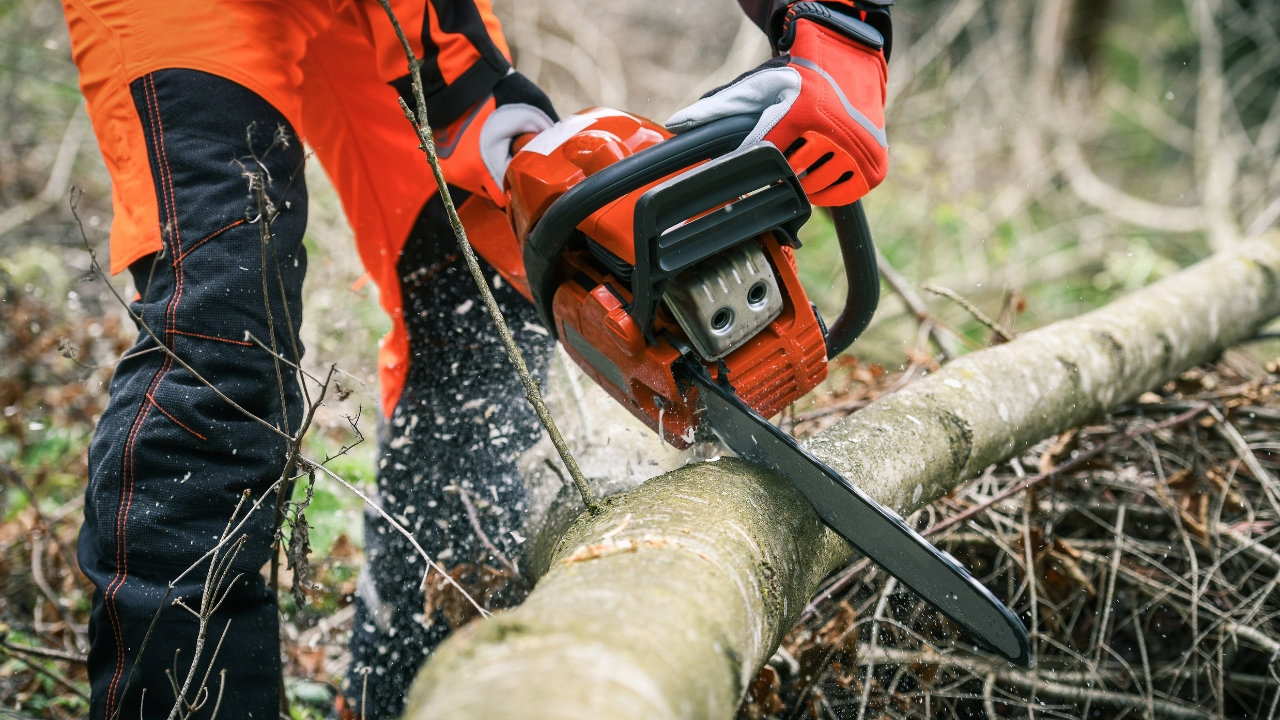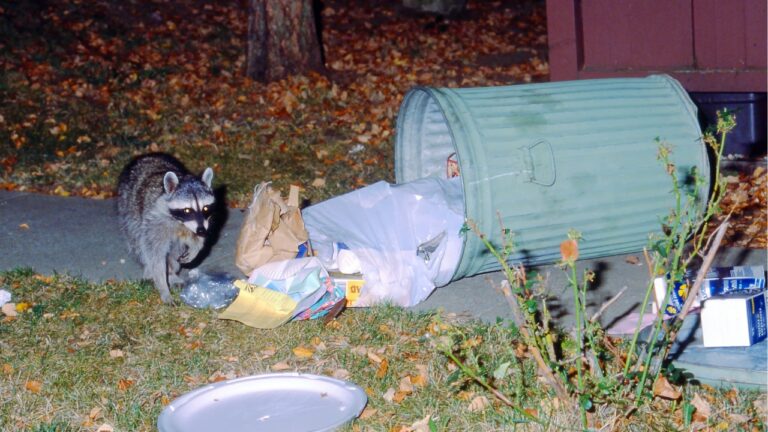How to stretch $500 when fixing up land
Fixing up land can drain your wallet faster than you’d think—especially once you start pricing out gravel, fencing, or even the basics like clearing brush. But with $500, you can make more progress than you might expect if you spend it strategically.
The key is focusing on improvements that help you use the property right away, protect what’s there, and set you up for bigger projects later. Here’s how to make every dollar stretch when you’re trying to turn raw land into something that feels like home.
Rent Equipment Instead of Buying It
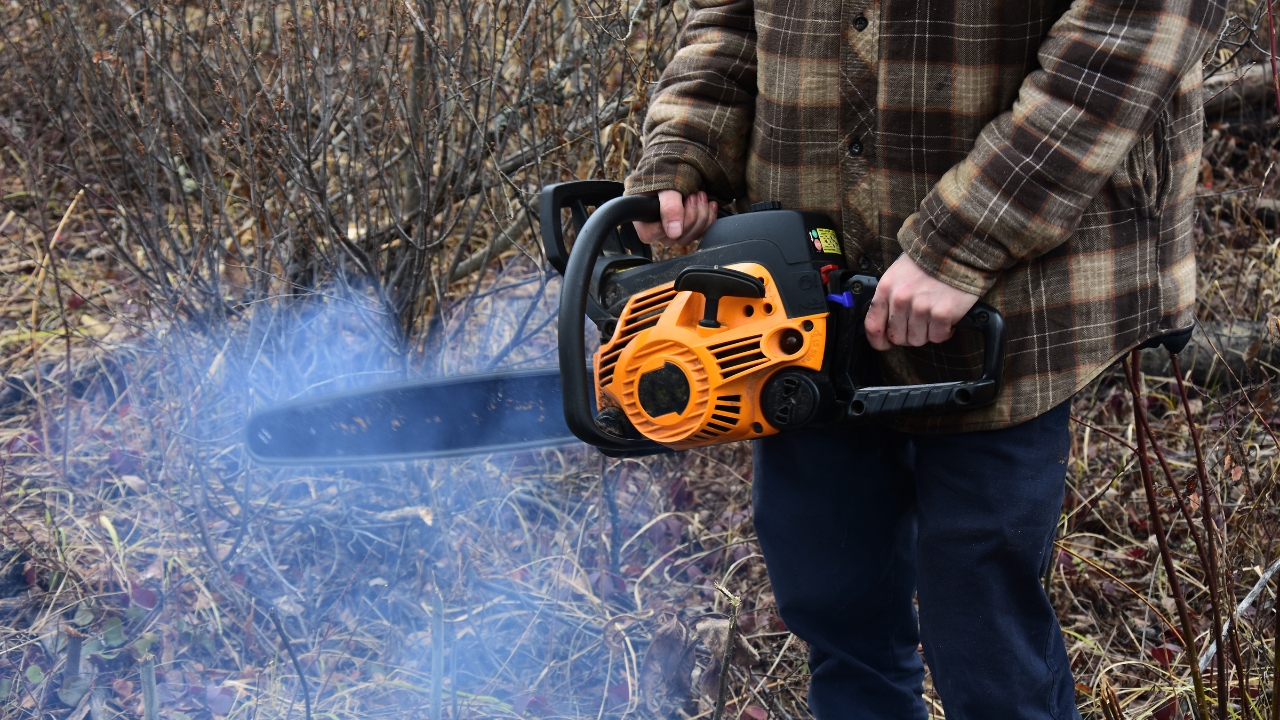
Buying tools outright sounds appealing, but it eats through your budget fast. Renting a chainsaw, auger, or brush cutter for a day lets you tackle big jobs without the long-term cost.
Most local hardware or farm stores offer affordable daily rates, and you can often rent more than one tool within that $500 limit. The goal is to get the most labor done for the least amount of money, especially early on.
Focus on Clearing and Access First
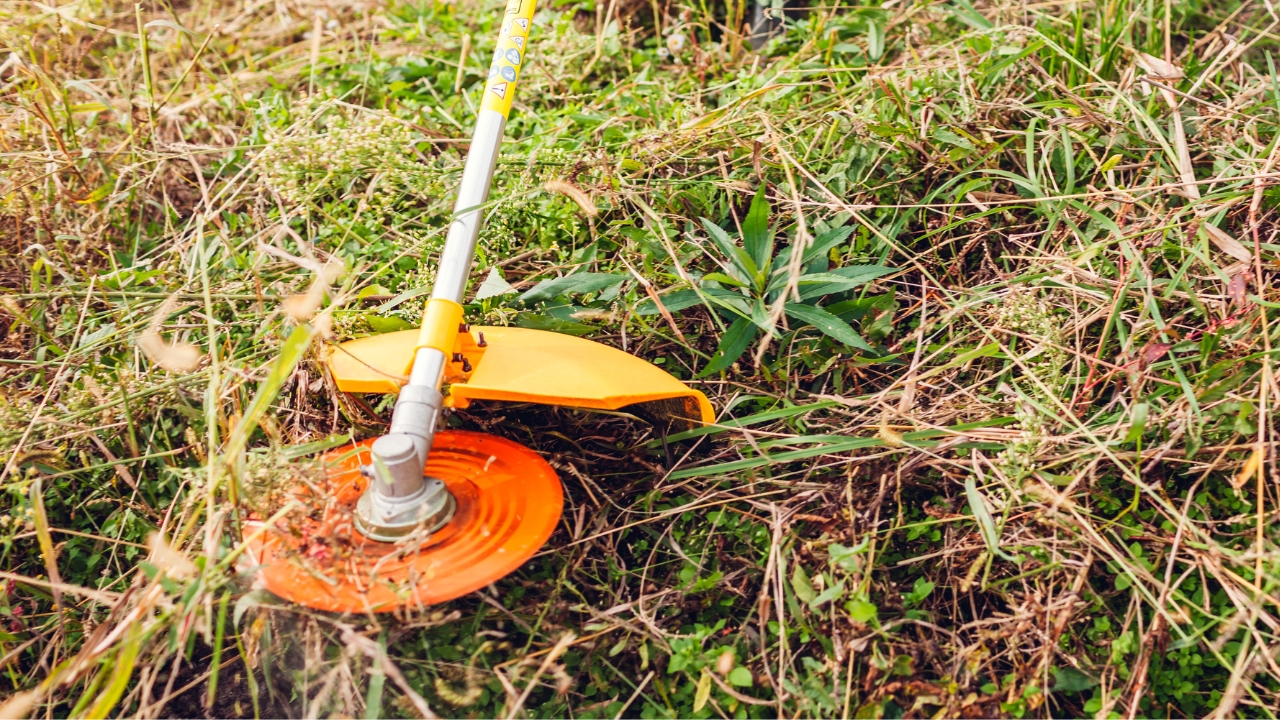
Before anything else, focus on clearing overgrown areas and creating a reliable way to get in and out. You can’t do much else until you can move around safely and easily.
Use your budget for fuel, a few solid hand tools, and a rented brush cutter. Even a small cleared path or driveway instantly makes the property more usable and helps you see what you’re working with long-term.
Use Gravel Wisely
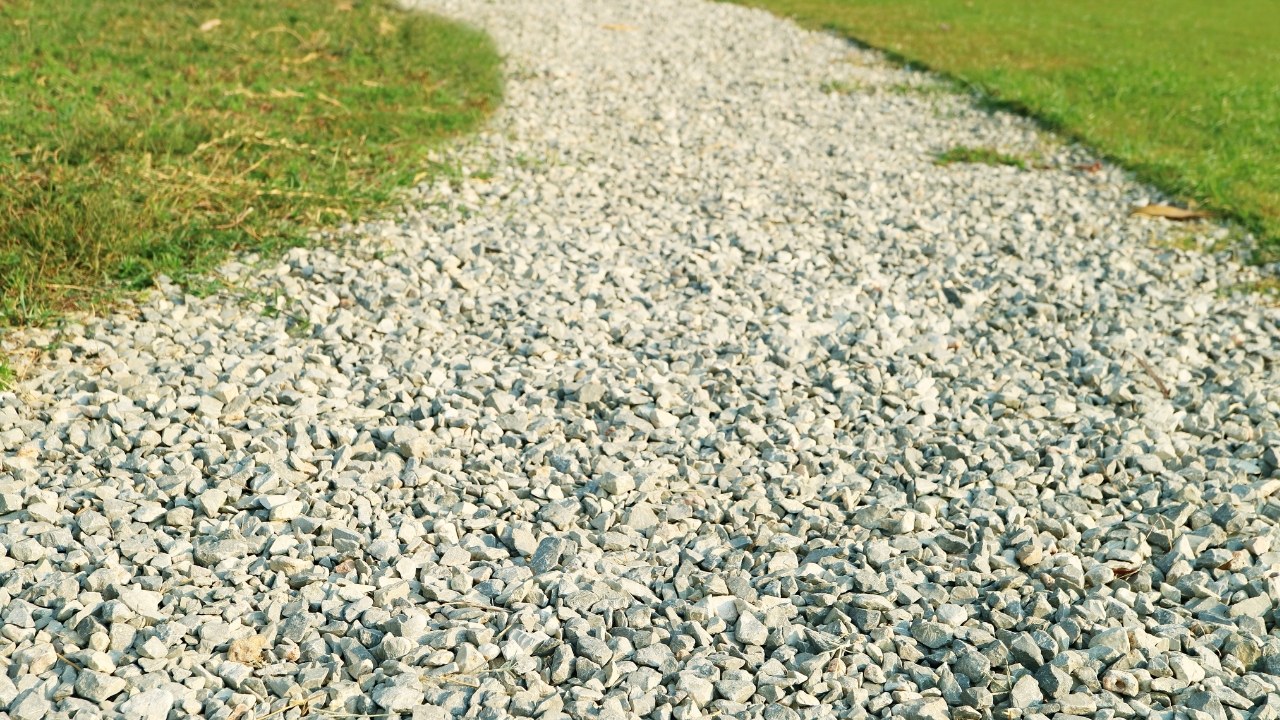
You don’t need to gravel your whole drive or parking area at once. A few loads strategically placed in the most-used areas will keep mud down and make the property feel more put together.
Call around to local gravel yards—some will deliver smaller loads at lower costs. Focus on high-traffic spots near your entry, shed, or parking area so every bit of gravel goes where it makes the biggest difference.
Buy Used Fence Supplies

If you’re fencing in part of your land, skip the full retail price. Check local listings, feed stores, or Facebook Marketplace for used T-posts and wire rolls.
You can often find perfectly good materials from people who overbought or tore down old fencing. A small section of quality used fencing beats stretching your budget too thin trying to cover every inch of property.
Install a Basic Gate

A functional gate might not sound exciting, but it’s one of the best uses of your money early on. A simple steel gate and post setup can cost under $200 and instantly make your land feel secure and defined.
It also sets the tone for future upgrades—you can always replace it with a decorative or automatic gate later, but getting something solid in place now keeps things protected.
Shop Local for Lumber and Posts

Big box stores mark up outdoor lumber, but local sawmills and co-ops often have better prices. You can get rough-cut boards or treated posts for half the cost if you ask around.
Use those savings to frame out a small storage shed, reinforce fencing, or build a raised platform for water tanks or firewood. Local suppliers usually know what holds up best in your area, too.
Prioritize Drainage Before Looks

Before spending money on plants or decorative features, fix any drainage issues. Poor water flow will undo every project you build later.
A few loads of dirt or gravel, plus time spent digging trenches or redirecting runoff, will save you hundreds down the road. Good drainage keeps your structures dry, prevents erosion, and makes mowing or parking much easier.
Set Up a Water Catchment System
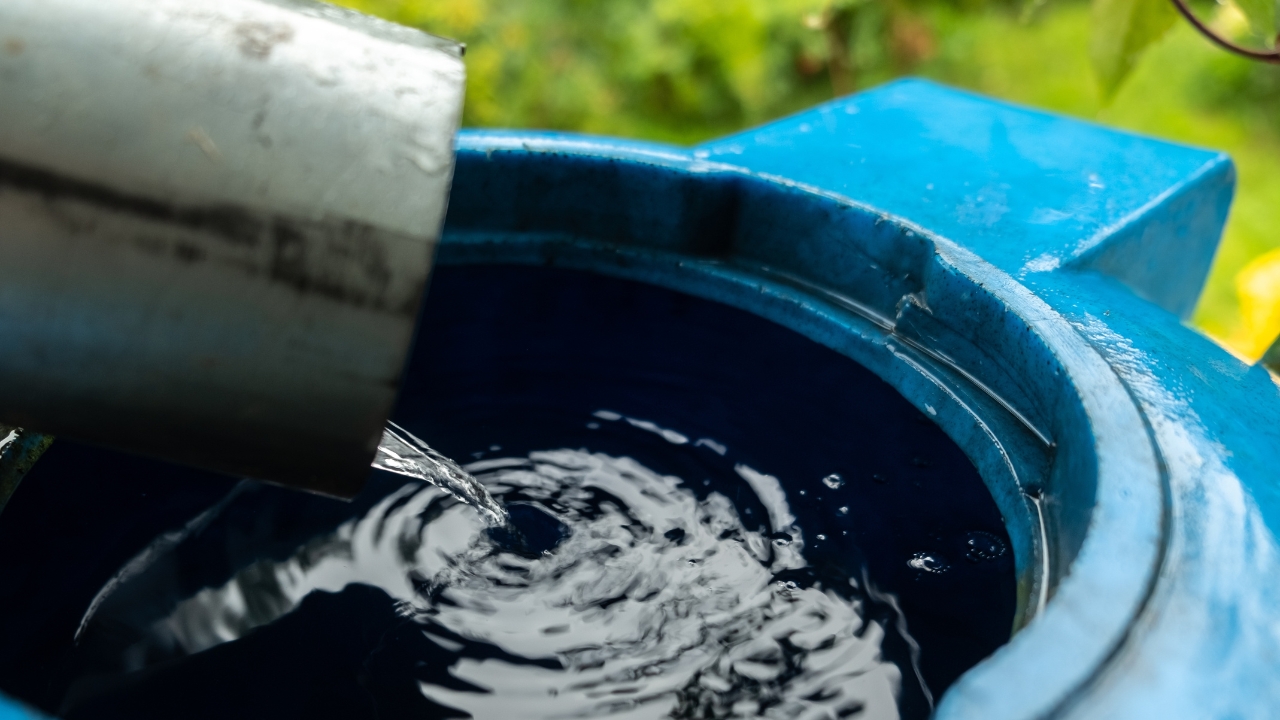
You don’t need to run full plumbing right away. A couple of 55-gallon barrels, gutters, and a basic stand can create a simple rain collection setup for under $100.
That water can handle small projects, cleaning, or even livestock use in a pinch. It’s one of those early upgrades that keeps paying off, especially if you’re off-grid or hauling water from elsewhere.
Mark Boundaries and Key Areas
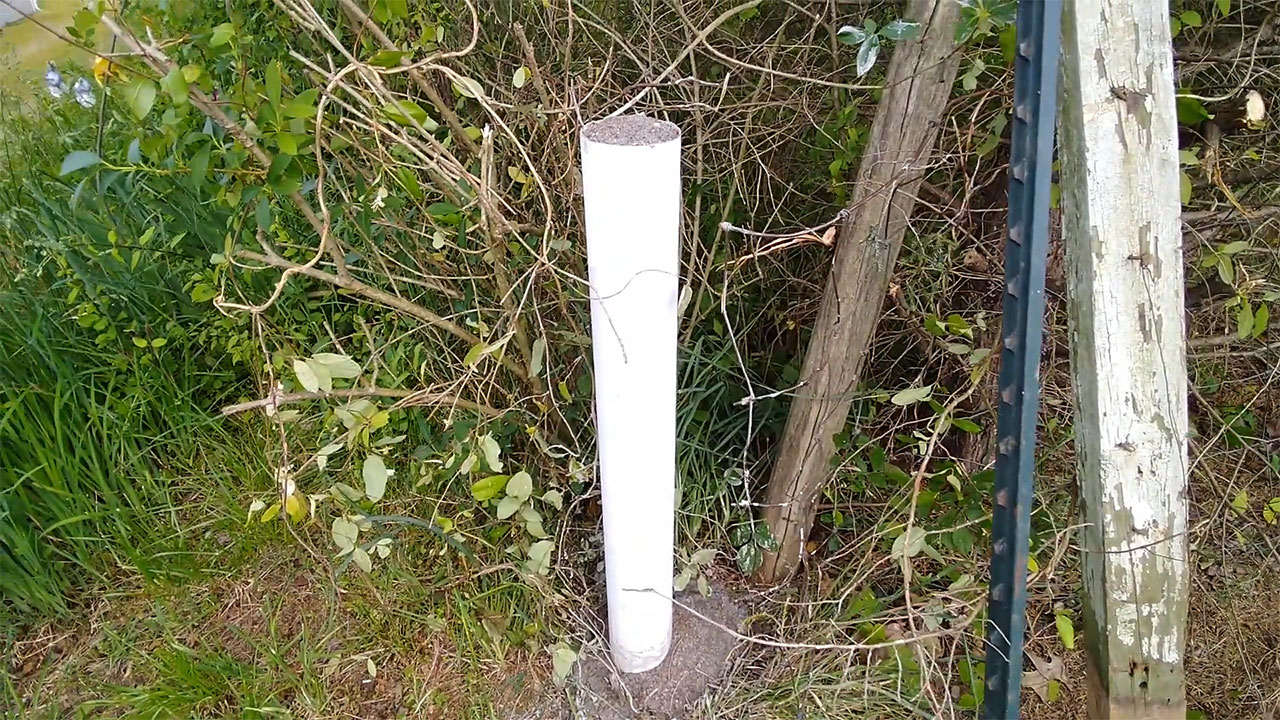
Spend a small portion of your budget on marking paint, flags, or boundary posts. Knowing exactly where your property lines, driveways, and future building areas are will save you from costly mistakes later.
It might not be the most exciting part of land work, but it’s one of the smartest. A few hours marking things clearly will keep your projects legal, safe, and better organized.
Build a Starter Storage Setup

Once you have tools, you’ll need somewhere to keep them dry. A small metal shed kit, waterproof deck box, or repurposed shipping crate works fine for now.
You can usually find something under $200 that protects your gear and saves you from rebuying tools that get ruined in the weather. It’s not glamorous, but keeping what you already own in good shape is one of the best ways to stretch that $500 further.
*This article was developed with AI-powered tools and has been carefully reviewed by our editors.

